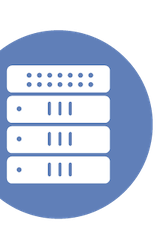How PathSolutions Brings Advanced Network Monitoring with Automated Network Troubleshooting to Enterprises
Event: Networking Field Day 36
Appearance: PathSolutions Presents at Networking Field Day 36
Company: PathSolutions
Video Links:
- Vimeo: How PathSolutions Brings Advanced Network Monitoring with Automated Network Troubleshooting to Enterprises
- YouTube: How PathSolutions Brings Advanced Network Monitoring with Automated Network Troubleshooting to Enterprises
Personnel: Tim Titus
Automating network troubleshooting is something that other network monitoring systems can’t offer because they don’t collect enough information and don’t have any analytical capabilities to help solve problems. PathSolutions TotalView provides Total Network Visibility® meaning that you will know more about your network than with any other monitoring system.







